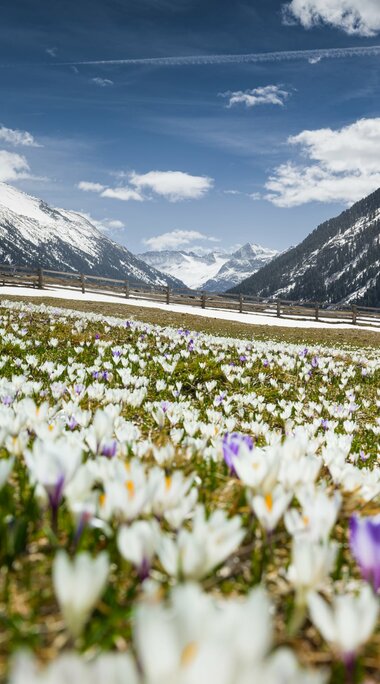International recognition
Since the term "national park" is not protected, but arguably always aims to establish certain rules and standards in order to provide special protection for nature, national parks vary widely around the world in terms of these rules and standards. For this very reason, the Hohe Tauern National Park had always strived to obtain international legitimacy from bodies of the International Union for Conservation of Nature, known as the "International Union for Conservation of Nature", or IUCN for short.
The aim of the IUCN is to create "order and clarity in the protected areas system", whereby the organisation has managed to establish a monopoly on this issue. IUCN's membership is made up of environmental organisations, governments and state members. The organisation created six protected area categories, namely Strict Nature Reserve/Wild Area, National Park, Natural Monument, Biotope/Species Reserve with Management, Protected Landscape and Resource Reserve with Management.

At first, the effort to gain such recognition met with scepticism and criticism from the population, as they were afraid that unpredictable powers would now make decisions and that they would lose their sovereign status. With the IUCN award, however, the advantages outweigh the disadvantages, for example that one is accepted into the "family of great national parks", is recognised internationally and thus also has advantages in terms of marketing strategy. The Carinthian part of the Hohe Tauern National Park was the first national park in Austria to receive the IUCN award in 2001. The other national parks had to wait another five years. Finally, on 15 September 2006, IUCN Chair Nik Lopoukhine handed over the official certificate to the Hohe Tauern National Park Salzburg, which many are still proud of today.


